
SAP Intelligent RPA for Developers. Automate business processes using SAP Intelligent RPA and learn the migration path to SAP Process Automation Vishwas Madhuvarshi, Vijaya Kumar Ganugula
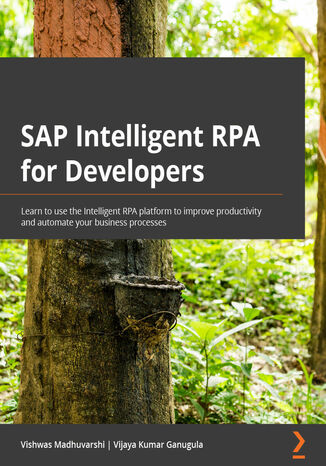



- Autorzy:
- Vishwas Madhuvarshi, Vijaya Kumar Ganugula
- Wydawnictwo:
- Packt Publishing
- Ocena:
- Stron:
- 526
- Dostępne formaty:
-
PDFePub
Opis
książki
:
SAP Intelligent RPA for Developers. Automate business processes using SAP Intelligent RPA and learn the migration path to SAP Process Automation
This book provides end-to-end coverage of business process automation using SAP Intelligent RPA and shows how to build multiple SAP Intelligent RPA projects from start to finish. Some of these projects may build upon the work done in previous chapters to showcase the Agile development process in SAP Intelligent RPA.
As you progress, you'll cover the SAP Intelligent RPA factory, Desktop Studio, Cloud Studio, and the Bot store. You'll also learn about the building blocks of the SAP Intelligent RPA solution and creating bots from initial application declaration to workflow design and deployment, along with making bots run in attended and unattended modes.
You'll also learn about SAP Process Automation, the new SAP service that is going to replace the SAP Intelligent RPA service soon. Finally, we will discuss the migration path for your SAP Intelligent RPA projects to SAP Process Automation and showcase that the RPA development remains similar in both services.
By the end of this RPA book, you’ll be able to create and manage complex bots that are capable of interacting with SAP and non-SAP systems.
Packt Publishing - inne książki
Dzięki opcji "Druk na żądanie" do sprzedaży wracają tytuły Grupy Helion, które cieszyły sie dużym zainteresowaniem, a których nakład został wyprzedany.
Dla naszych Czytelników wydrukowaliśmy dodatkową pulę egzemplarzy w technice druku cyfrowego.
Co powinieneś wiedzieć o usłudze "Druk na żądanie":
- usługa obejmuje tylko widoczną poniżej listę tytułów, którą na bieżąco aktualizujemy;
- cena książki może być wyższa od początkowej ceny detalicznej, co jest spowodowane kosztami druku cyfrowego (wyższymi niż koszty tradycyjnego druku offsetowego). Obowiązująca cena jest zawsze podawana na stronie WWW książki;
- zawartość książki wraz z dodatkami (płyta CD, DVD) odpowiada jej pierwotnemu wydaniu i jest w pełni komplementarna;
- usługa nie obejmuje książek w kolorze.
Masz pytanie o konkretny tytuł? Napisz do nas: sklep@helion.pl
Książka drukowana








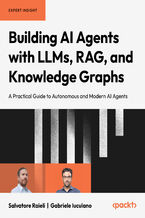

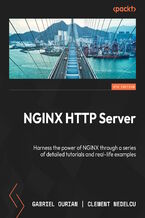
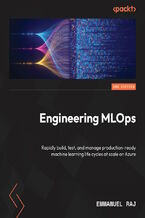
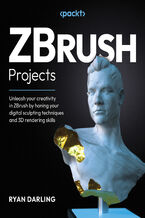
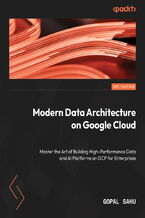
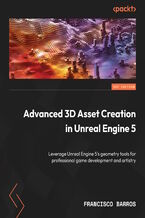
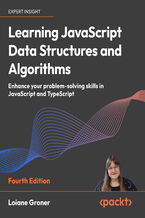
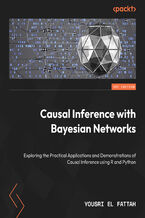
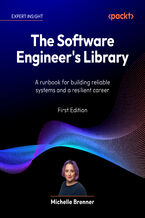
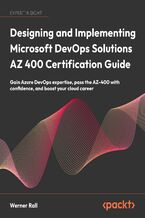



Oceny i opinie klientów: SAP Intelligent RPA for Developers. Automate business processes using SAP Intelligent RPA and learn the migration path to SAP Process Automation Vishwas Madhuvarshi, Vijaya Kumar Ganugula
(0)